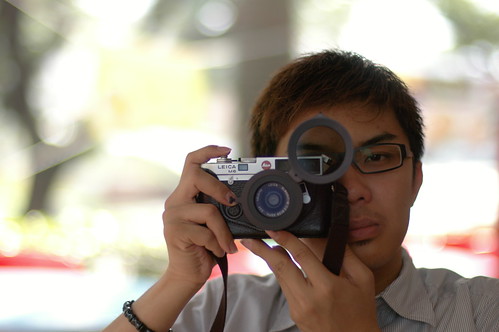Nature88
Member
Hi all. I am new to RF world and I am still deciding whether to invest in one interchangeable lens RF to learn more about film photography. But there are some things that bug me. Hope those veteran out there are able to guide me.
Regarding RF, if I were to get one, I will use it to take scenery more than street and event shot. But if one were to use polarizer for RF, how do the user gauge which angle to adjust the polarizer to minimize the reflection with maximum efficiency due to the fact the the viewfinder is not covered by the polarizer to see the effect. I have read from forum and online they says best is hold the filter and use eyes to observe, then remember the filter position and screw it on to take the pic. Are there any more efficient way?
Personally I wish to learn bout more film photography but its sad to say that I have the mindset to send the film to shop to develop so as not to screw up the "hardwork". I would like to ask if there are any places that sells DIY film development kit, and also where to get the chemicals. I did try to search online and sometimes their method differs by a little. Is there a universal standard to DIY develop film?
Hope those with experience in handling RF are able to advice and guide me.
Thanks for viewing.
P.S: Actually I have a Canonet QL. But shot only 3 rolls of films and all are developed by shop. :embrass:
Regarding RF, if I were to get one, I will use it to take scenery more than street and event shot. But if one were to use polarizer for RF, how do the user gauge which angle to adjust the polarizer to minimize the reflection with maximum efficiency due to the fact the the viewfinder is not covered by the polarizer to see the effect. I have read from forum and online they says best is hold the filter and use eyes to observe, then remember the filter position and screw it on to take the pic. Are there any more efficient way?
Personally I wish to learn bout more film photography but its sad to say that I have the mindset to send the film to shop to develop so as not to screw up the "hardwork". I would like to ask if there are any places that sells DIY film development kit, and also where to get the chemicals. I did try to search online and sometimes their method differs by a little. Is there a universal standard to DIY develop film?
Hope those with experience in handling RF are able to advice and guide me.
Thanks for viewing.
P.S: Actually I have a Canonet QL. But shot only 3 rolls of films and all are developed by shop. :embrass:

